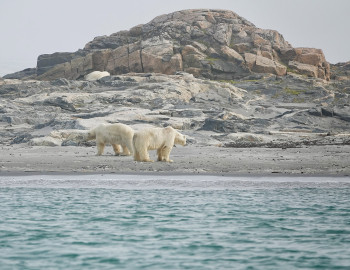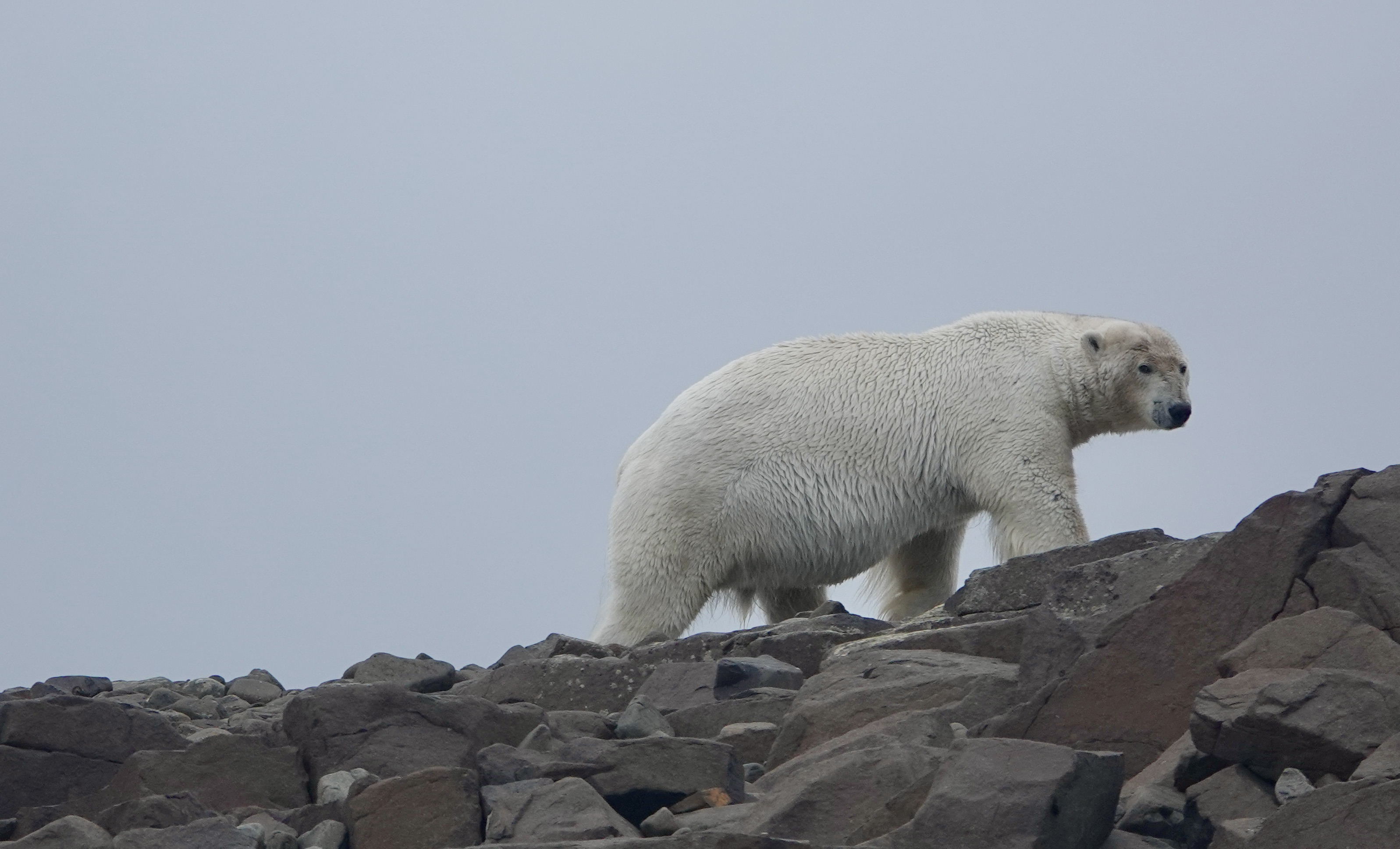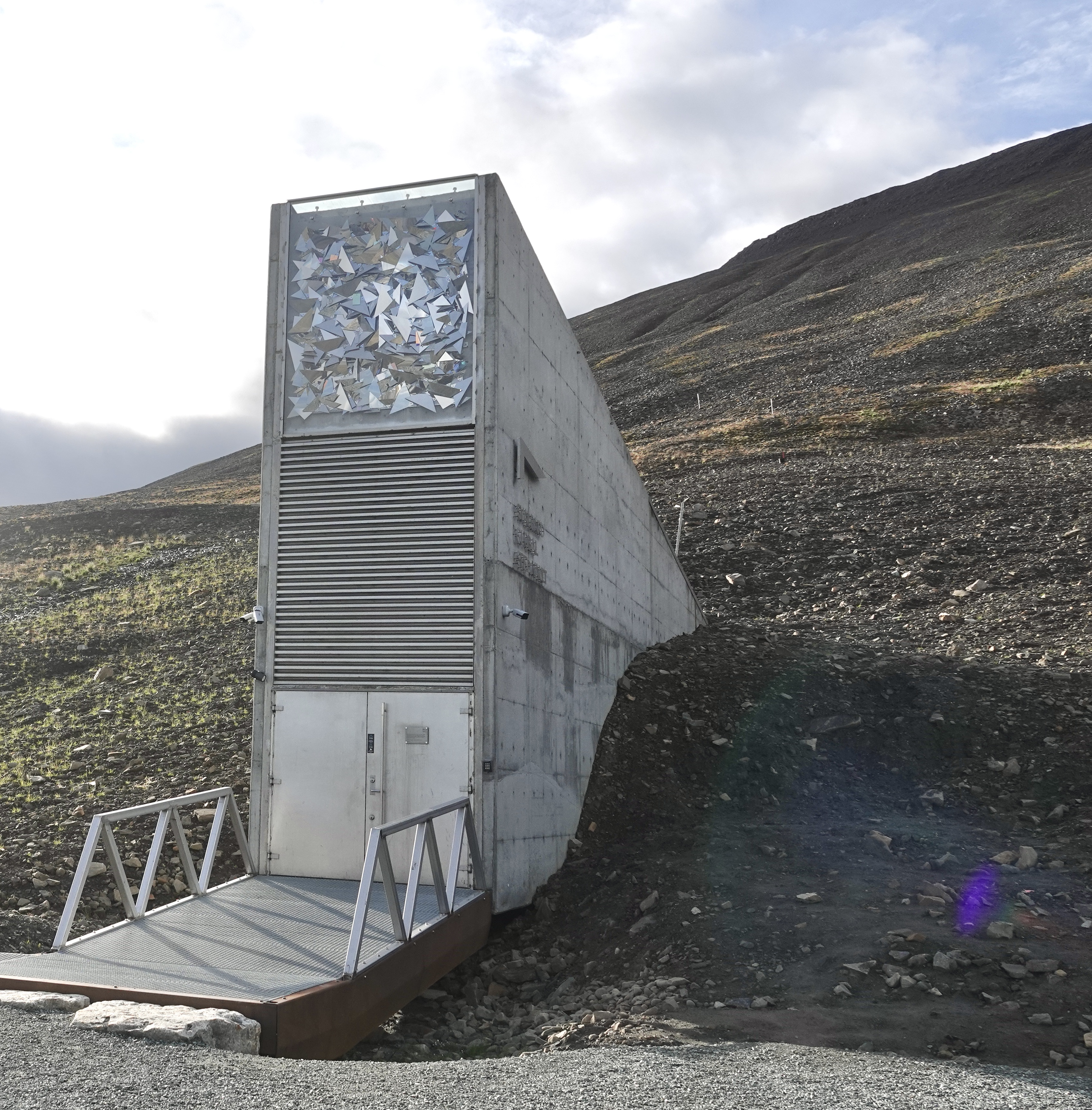Ellen F. Franklin, PhD & Donna Carey, LAc
Over the past twenty years we have been fortunate to travel to some of the most remote areas of the world to deepen our understanding of the global climate crisis and the particular stresses being faced in the polar regions by indigenous communities and the wildlife.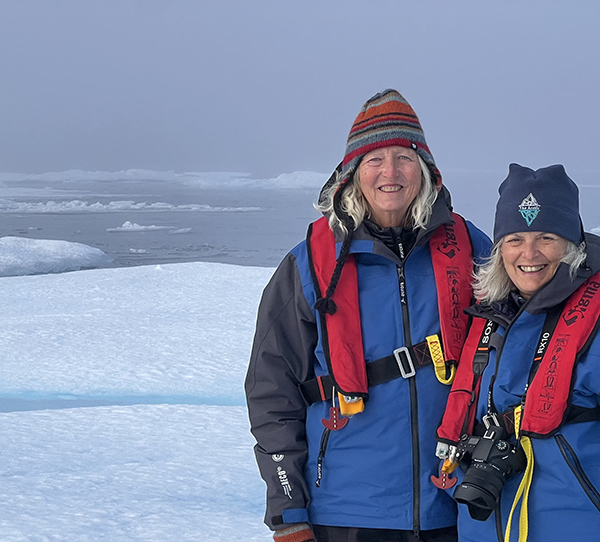
We began with Antarctica in 2005 (well before it was a popular tourist destination). Since then, we have been to Eastern and Western Greenland, Patagonia and the Chilean Fjords, as well as parts of the Northwest Passage, where in 2018, we were trapped for a week in Lancaster Sound. Old Sea Ice had clogged the channels preventing us from moving through the straits we had hoped to transit. We had an amazing opportunity to explore Lancaster Sound, true expedition travel, while we waited for a Canadian Ice Breaker to take care of more serious crises, eventually they were able to free our small expedition ship.
We have just returned from the Svalbard Archipelago one of the most remote regions of the world. Despite fog, a clear signal of a warming arctic, which was a constant companion, we were fortunate to see polar bears, seals, walruses, reindeer, arctic fox, and numerous birds of the arctic including nesting colonies of Puffins, Guillemot and Kittiwakes. Fog and wind, however, were constant companions making some planned aspects of our expedition impossible.
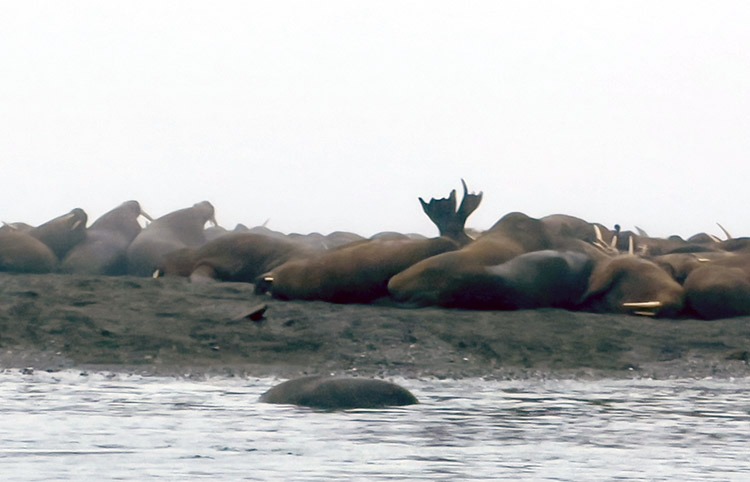
We also were hampered by fog last year in our exploration of Eastern Greenland. A 2023 study by the American Geophysical Union finds that the Arctic Ocean is getting foggier. This is a clear result of ice disappearing, the ocean warming, and causing reduced visibility which requires great care to avoid hitting dangerous sea ice. The ocean currents are bringing heat from warmer regions into the Arctic Ocean. In the Atlantic Ocean, the Gulf Stream brings warm water up along the coast of North America. The current then transitions to the North Atlantic Drift, crosses the North Atlantic Ocean moving towards northern Europe. We experienced this first-hand in our travels through Scandinavia, particularly in Norway where the ocean current keeps Norway and the island of Svalbard much warmer than other places at similar latitudes in the Arctic. It was quite striking to us that most of Scandinavia was quite warm, and we also experienced very warm temperatures in Longyearbyen ranging from the 50s to the mid 60s when we were there in mid-August this year.
In the past sea ice has acted like a lid covering the Arctic Ocean preventing heat from the warming ocean from escaping to warm the atmosphere. Air above the ice can get bitterly cold—deep below freezing—while the water underneath remains much warmer—never getting colder than the freezing point. However, if there is no sea ice cover, there can be a lot of evaporation and fog forms. At times the ocean appeared to be steaming.
To reach the pack ice we travelled well beyond the Svalbard Archipelago to 81.4 degrees north, less then 600 miles from the North Pole. There was light fog in the area, but we were able to zodiac out to an ice floe and in small groups, walk on the ocean, an extraordinary feeling.
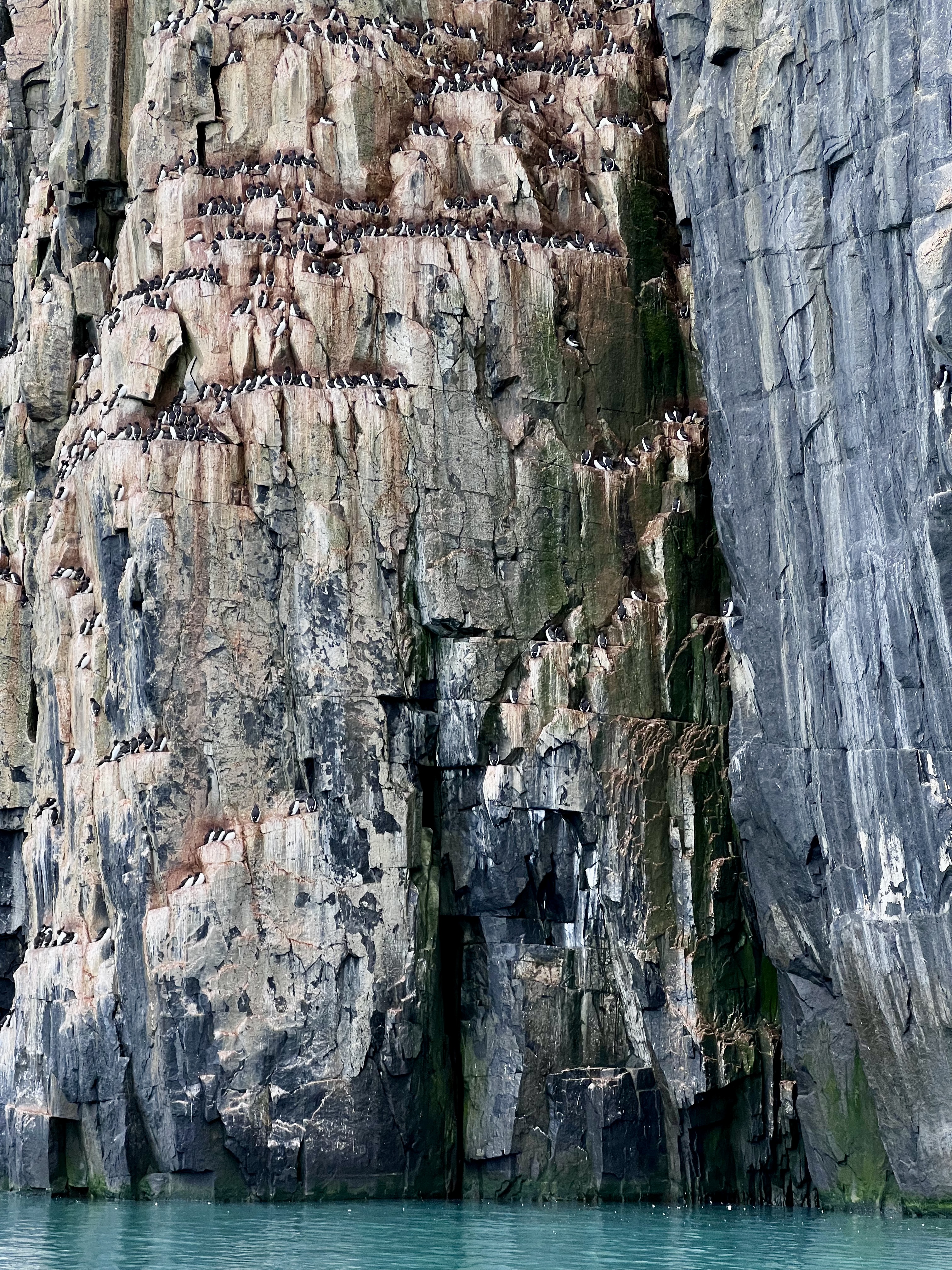
There is much to reflect on from our travels that speaks to the stresses being felt on our planet. We witnessed numerous examples of melting ice, shifts in animal habitat, polar bears displaced, extremely high rates of toxins due to melting permafrost and plastics washed up on remote beaches. In the Svalbard Archipelago, we were able to participate in a Citizen Science project to clean plastics off a remote beach, we would have happily done more of this, but polar bears hanging out on land, which is not their natural habitat, made it unsafe to land in some of the spots we’d planned to clean up.
A highlight, of our recent trip was a visit to the exterior grounds of the Svalbard Global Seed Vault. Located just outside of Longyearbyen. The Seed Vault is located deep inside the permafrost of a mountain at the end of a tunnel carved 130 meters into the mountain. Established by the government of Norway in 2008 to provide secure storage to the world’s gene banks. This is a safety backup collection where they can store duplicates of seeds from their collections. No one is allowed inside this tightly controlled vault, which has a separate control building, except when seeds are being stored or removed.
To date the vault has secured more than 1 million seed samples representing more than 5000 species. Close to 100 gene banks have sent back-up seeds to the vault and precautions are in place so that only those gene banks are able to retrieve the seeds they’ve stored here. The overarching vision is to keep the worlds crop diversity safe for the future providing safe seeds and food security and combining many different conservation approaches to achieve these goals.
There is considerable focus on crop diversity. Understanding the impact of climate change to weather patterns, growing seasons, pests and disease the Svalbard Global Seed Vault has nearly 90,000 varieties of beans, 170,000 varieties of rice and more than 200,000 samples of wheat. Each of these samples has something unique to offer that a plant breeder might need to improve yield, resilience or disease resistance. This backup collection in the remote mountain of the Arctic Circle provides an extra layer of protection.
In 2009, Ban Ki-moon, UN Secretary General commented after his visit to the Seed Vault: “This gift to humanity and symbol of peace will continue to inspire and serve generations to come.”
It is not just the Global Seed Vault that impressed us in our travels throughout Norway. We also observed a strong focus on conservation, sustainable practices, and crop diversity.
At the Mother Ship, here in Northern New Mexico Donna has worked hard to create and maintain our own mini seed vault. Stored in glass jars in a culvert that has been buried in the Earth. These seeds are collected, used in our own agricultural efforts but are also stored for the future and shared with others.
Wishing you a truly bountiful harvest.
Ellen & Donna

